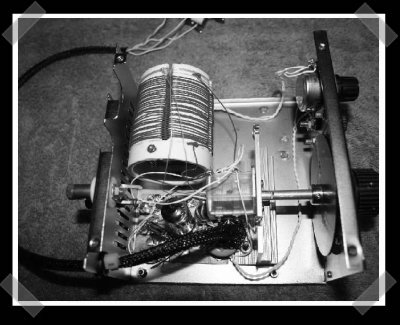
[H. P. Friedrichs], the creator of the Static Bleeder has created his own diodes. Using household chemicals, a film of cuprous oxide was made on a copper pipe cap. Cuprous oxide has been one of the first known semiconductor substances, has a low forward drop but is an otherwise asymmetrical conductor, odd V-I curves, and some neat photovoltaic action. The apparatus seen above is used to bring a piece of lead (in this case, solder) into contact with the salmon-colored cuprous oxide while electrical connections can be made to the binding posts at the front. What are your thoughts on this device?

















